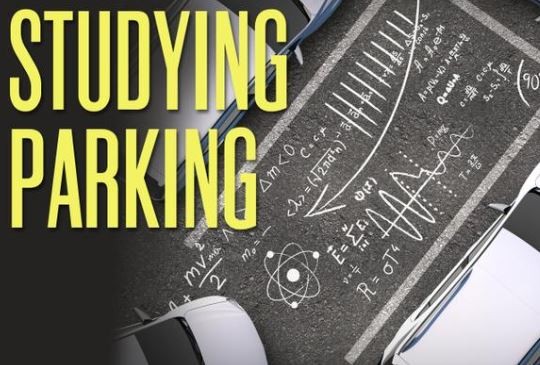Getting There: Spokane is booming. Time to figure out parking
Monday, April 23, 2018

(as reported in The Spokesman-Review by Nicholas Deshais)
The last time the city of Spokane did a parking study might as well have been 1,000 years ago.
It was 2010. There was no Kendall Yards. There was no South Perry District. We laughed at Seattle for its traffic woes. The economic downturn was still turned way down.
Now – flash forward to today – none of that is true. Kendall Yards and South Perry vie for the hippest, crazy busiest part of town. We have a rush hour. Home prices are booming and rumors of an impending Amazon warehouse on the West Plains are circulating.
Sounds like a good time for another parking study.
The city is working with Portland-based Nelson/Nygaard on two parking studies to be released over the coming year. One will focus on downtown, which will be completed in February 2019. The other will look at the University District and is expected in August.
The growing vibrancy of the city core has put extra pressure on the city to revamp its parking system. Currently, downtown Spokane has about 3,600 on-street parking meters. There are about 9,000 more parking spaces in the city core, bringing the total to 12,658, the majority of which is off-street parking in privately owned lots and garages.
Those spaces are likely to see an increase in demand. The last parking study done by the city, by Portland-based Rick Williams Consulting, found that downtown parking increased by 11 percent from 2004 to 2010, as measured by the number of hours vehicles were parked, which equated to 969 more hours of parking per day.
The 2010 study recommended creating a parking advisory committee and establishing a special parking revenue fund and reinvest revenue into the parking area, both of which were done. Since 2014, about $1.5 million in parking revenue has gone toward beautification and design projects.
Other recommendations, such as appointing a downtown parking manager to oversee the parking situation, were not fulfilled.
It also found that, on average, 58 percent of downtown parking spaces are taken. With nearly 300 acres of surface parking in the city core, that is a lot of empty paved space.
So what’s a city to do?
If the last year’s any indication, a city can float a lot of ideas. There was the idea to offer developers a 10-year break from taxes on any project they build on what is now a surface parking lot. There’s the discussion, still going on, to allow taller buildings near Riverfront Park, an idea aimed squarely at a couple of conspicuous parking lots on Spokane Falls Boulevard. And there are the plans for new parking garages on both sides of the river.
All of which is to say, parking is on our minds.
The new downtown study will look at a number of issues, including parking prices, parking technology, parking development and growth trends, angled parking, walking and safety, employee parking options and parking rules, according to the city.
As a first step, the city has separated the city core into nine zones to look at such issues: the Core, Convention Center, West End, West End South, Southern Core, East End South, Hospital District, Spokane County Campus and the Arena Neighborhood.
Work on the study began in February, and the city will soon release a survey about what people want in parking downtown.
The other study will look at the U-District, which has seen substantial public investments in recent years. The primary purpose of this study, the city said, will be to inventory the parking supply around Gonzaga University, the Riverpoint Campus and south of the railroad tracks in what the city’s calling the Southern University District.
Nelson/Nygaard will work with the city and University District Development Association to create a comprehensive parking inventory database that will include on-street meter parking and off-street lots.
So until the latest studies are done, enjoy the parking situation as it is. Because change is coming and 1,000 years goes by faster than you think.